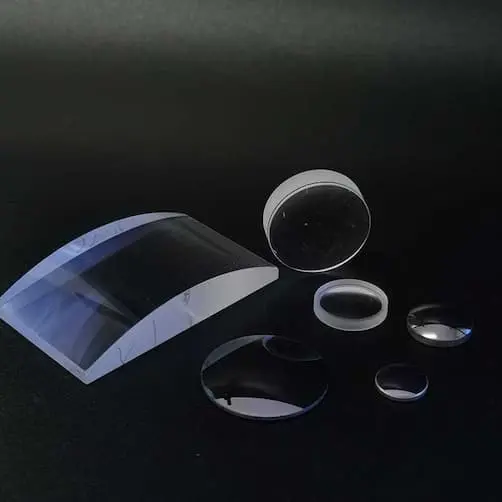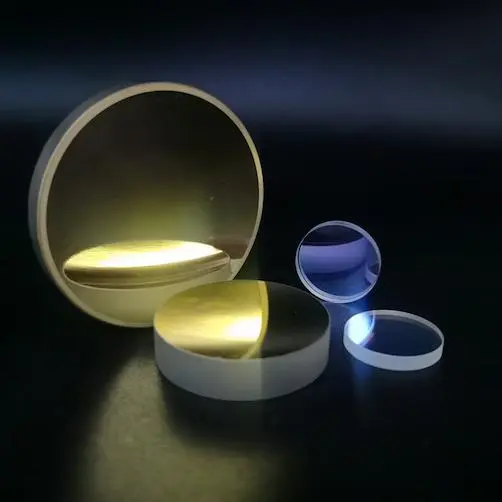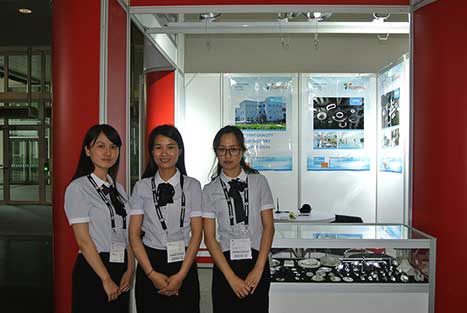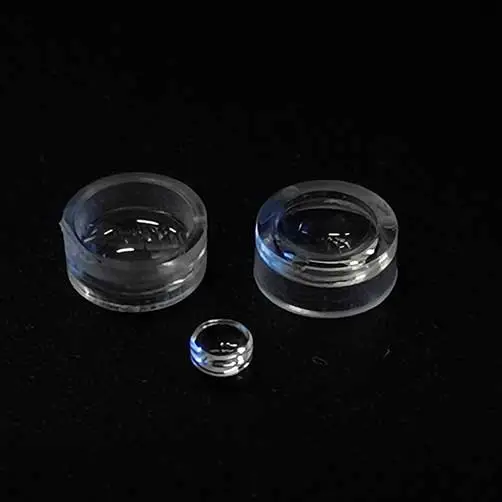
Diffractive optical elements (DOEs) use microstructure design to change the phase of the light they propagate. By designing the microstructure on the surface of optical diffraction elements, specific light inputs can output any desired light intensity distribution. DOE technology has achieved many functions and operations on light that traditional optical systems cannot accomplish.
In many applications, these technologies significantly improve system performance. Diffractive optical schemes have many advantages, such as high efficiency, high precision, compact size, low weight, and most importantly, it can flexibly meet various application requirements.
The beam splitter diffractive optical element is used to split a single laser beam into several beams, each beam having the same characteristics as the incident beam (except for power and propagation angle). Depending on the diffraction pattern of the splitter, the splitter can produce a 1D beam array (1×N) or a 2D beam matrix (M×N). The splitter DOE can also split the incident beam into different spot distributions, such as circular, random patterns, hexagonal arrays, etc. The beam splitter cube needs to be used with monochromatic light (such as a laser beam), and different splitters have specific separation angles between certain wavelengths and specific output beams.
The beam shaper can convert a Gaussian beam into a circular, rectangular, square, or linear and uniform beam and edge contours (light intensity distribution) on the work surface. It is very clear, and the beam shaper can realize the uniform distribution of the output intensity, allowing the laser to uniformly process the surface, preventing overexposure or underexposure in specific areas.
In addition, the spot has a steep transition region, which forms a clear boundary between the processing area and the unprocessed area. The beam shaper series includes equalizers, top-hats, spiral lenses (spiral phase plates), and diffraction axial conical mirrors.

As the laser power continues to increase, the optical components of many integrated systems may not withstand high-power lasers. Therefore, laser-induced damage threshold (LIDT or LDT) parameters have become important factors in choosing optical components for sale. The high damage threshold of diffraction optical elements makes them an ideal choice for high-power industrial systems and applications. Laser materials processing applications and laser-based medical cosmetics (medspa) both require high-power lasers.
The development of new laser systems for industrial requirements has increased. Many new processes have been developed, and many traditional manufacturing processes have been replaced by laser manufacturing processes. Laser materials processing accounts for a large part of the entire laser market, and Diffractive Optical Elements plays an important role in providing adaptable laser beam shaping for this process. Laser beam shaping and homogenization technologies are essential steps for optimizing many laser materials processing applications. Diffractive optical elements (DOEs) are usually used in laser ablation and laser processing systems, laser drilling, laser cutting, and other processing to form small feature structures on the surface.



